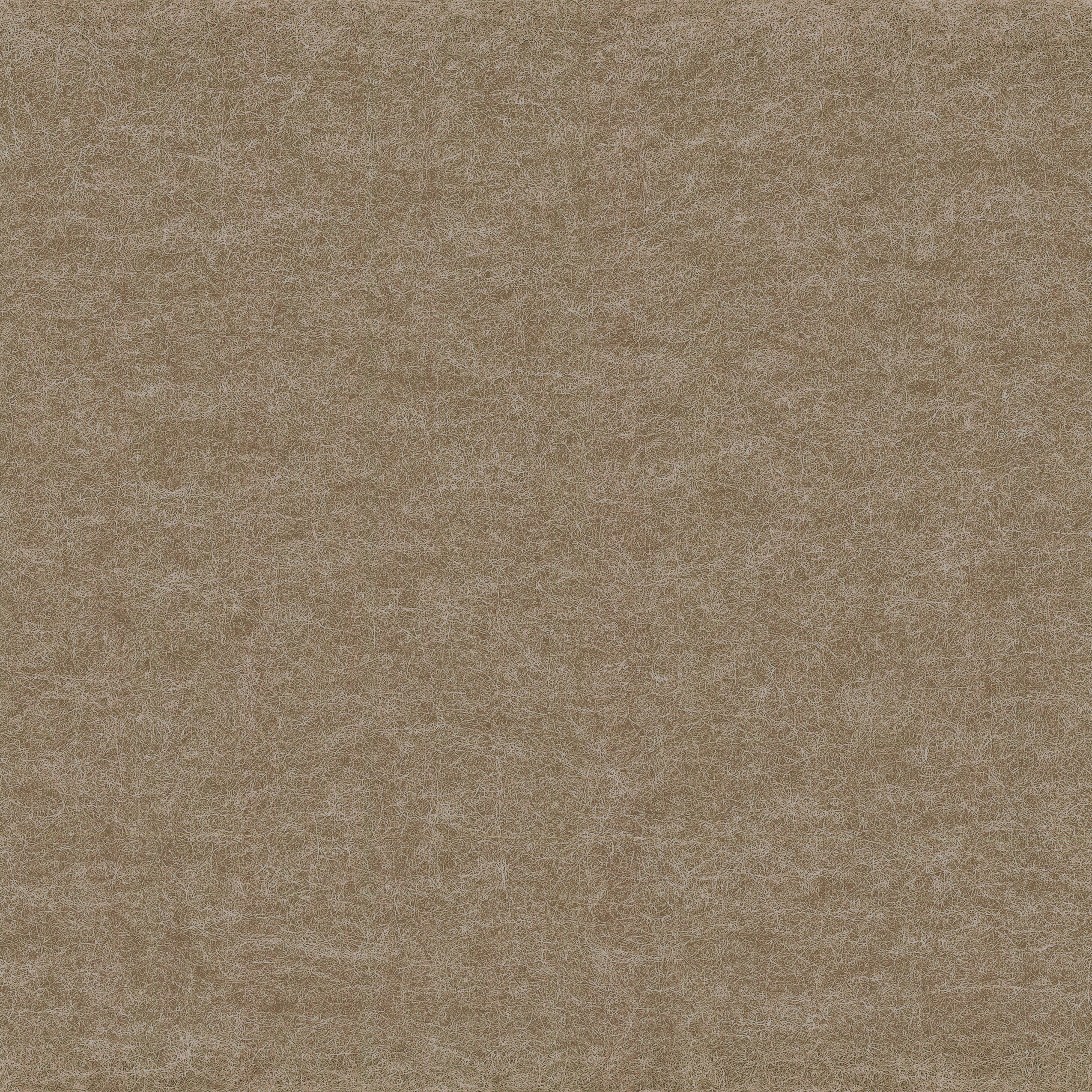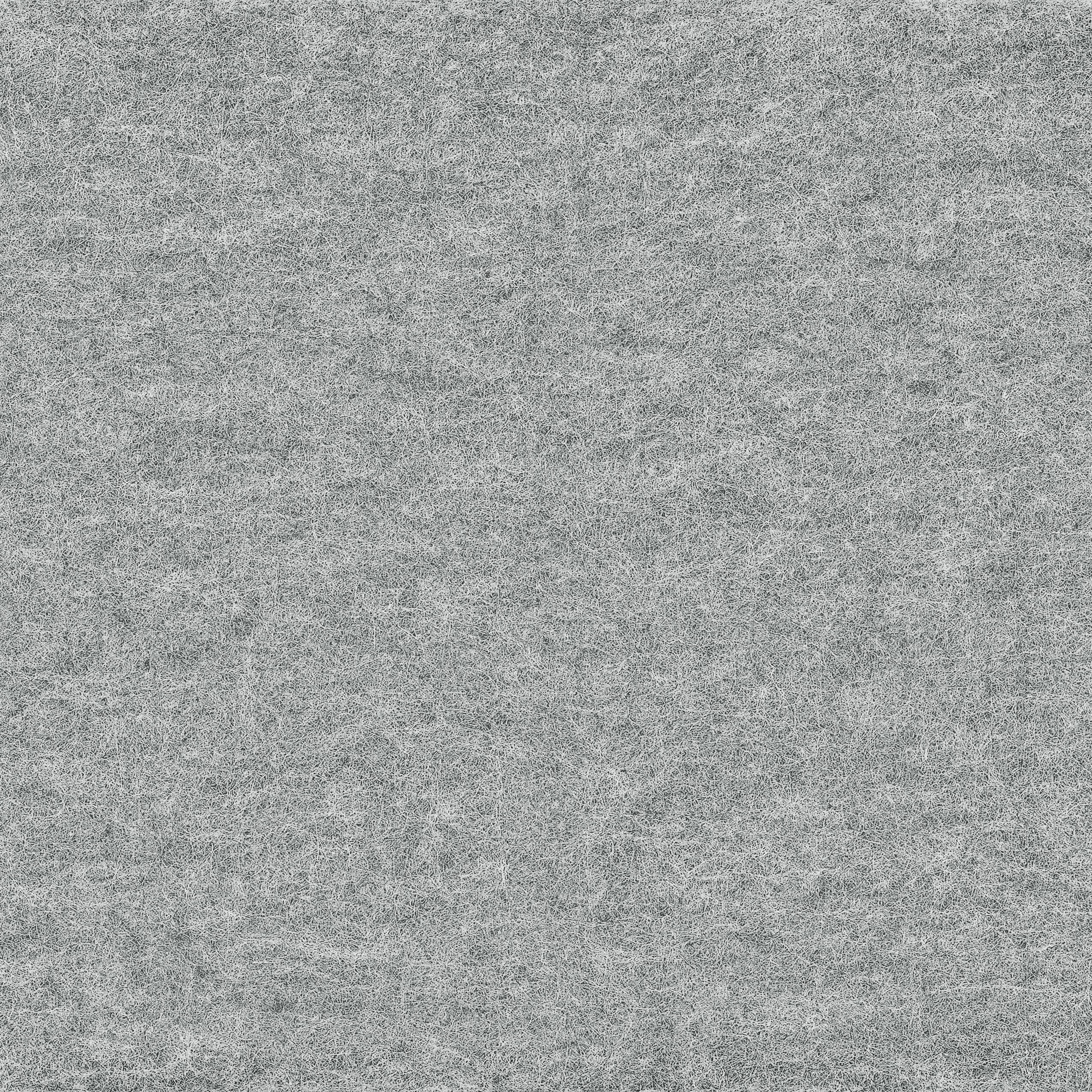Ünitex
The Ünitex is a rigid acoustical PET panel:
- 100% PET panel
- Superior stiffness properties
- Pilling resistant
- Great structural properties for standalone applications
- Lighter, more acoustical and better dimensional stability that wood fibers such as Tentest
- Easy to laminate using Feltväri or other fabrics
- Tackable properties on both sides
- Ideal for acoustical panels, acoustical tiles, baffles and wall partitions
- Available in 9 colors
- Available in 7mm and 12,7mm of thickness
- Possibility of adding our acoustical fabrics known as FeltväriTM
- Manufactured in North America since 1967
FIRE RATED*
ASTM E-84
PANEL SIZE
1,24 m x 2,46 m (±10%)
48,8” x 96,8” (±10%)
THICKNESSES
• 7 mm or ¼” (±10 %)
• 12 mm or ½” (±10%)
100 %
PET content
up to 50 %
of recycling PET fibers depending of color properties
COLORS
*See technical data sheet for more details.
Mold-to-measure with thermoforming
Ünitex can be thermoformed into almost any three-dimensional shape. Simply preheat it and shape it by applying pressure in a cold mold. Hot air is generally used for preheating, but another option is to used infrared heaters in a conveyor oven or on a rotary molding table. It is possible to work with several different densities when molding and your options don’t stop here! Ünitex can be laminated with a variety of fabrics, including nonwovens such as Feltväri, or with films and knits.
Pressure forming technology
When Ünitex is pressure formed between the male and female molds, the ideal wall thickness distribution is produced in the cross direction, thereby eliminating the need to stretch the material during the process. The material to be formed should be between 302°F and 375°F (150°C to 190°C), depending on its density and thickness.



















